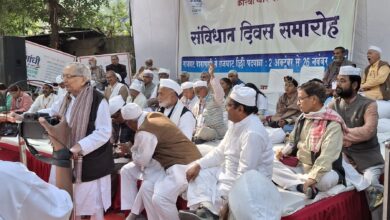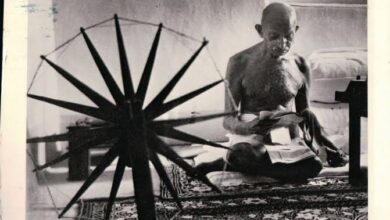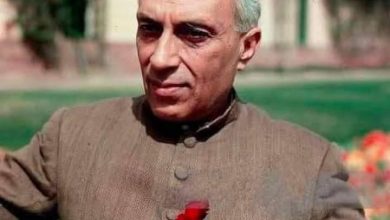Ensuring Justice for every child: A Girl Child Lights the Lamp of Education
Pooja Shahriya from the remote village of Nahariya in the Ganj Basoda block of Vidisha district is now a known name in the region for being the first from her tribal community to complete higher secondary education. At present, she is doing Master’s in Sociology. Her journey has been remarkable because she refused to become a victim of circumstances and overcame all odds to become a catalyst for social change. On the occasion of the World Social Justice, her example can highlight how children can transform society.
The paradigm shift from being a girl child having little access to education to someone who has been the motivation for scores of tribal children to continue education was made possible by Kailash Satyarthi Children Foundation’s flagship programme, the Bal Mitra Gram (BMG) or Child Friendly Villages. The BMG model stands for holistic child protection and works for preventing myriad forms of child exploitation, such as child trafficking, child labour and child marriage. It also addresses other pertinent issues, including education, child sexual abuse, water, sanitation, hygiene and livelihood.
A few years ago, the village had a single primary school and children struggled to receive education beyond the primary level. Their parents were reluctant to send them to other villages for receiving education. Things came to such a pass that it was rare to find someone from the village, who had studied beyond primary school.
The livelihood of the village residents was dependent solely upon stone mining in the area and even children were engaged in work. The tribal society was characterised by child marriages, with girl children being married by the age of 13 years and boys being married by the age of 15 years.
But things started changing after the establishment of the Bal Mitra Gram. The BMG raised awareness about the importance of education. It also became a vociferous opponent of child marriages. It sensitised the parents about the need for education. Alongside, children were also counselled about their right to education and decision making.
Pooja was an active member of the BMG and participated in its activities. By continuing her education, she inspired and motivated scores of children in the tribal community to pursue education.
During the pandemic, she became a Bal Shikha Mitra and organised online tuition classes for children. As a role model, her efforts were recognised by the women and child development department of the Madhya Pradesh government. Not only did Pooja motivate many of her young sisters to continue education, but also stood up for their rights, whenever required.





